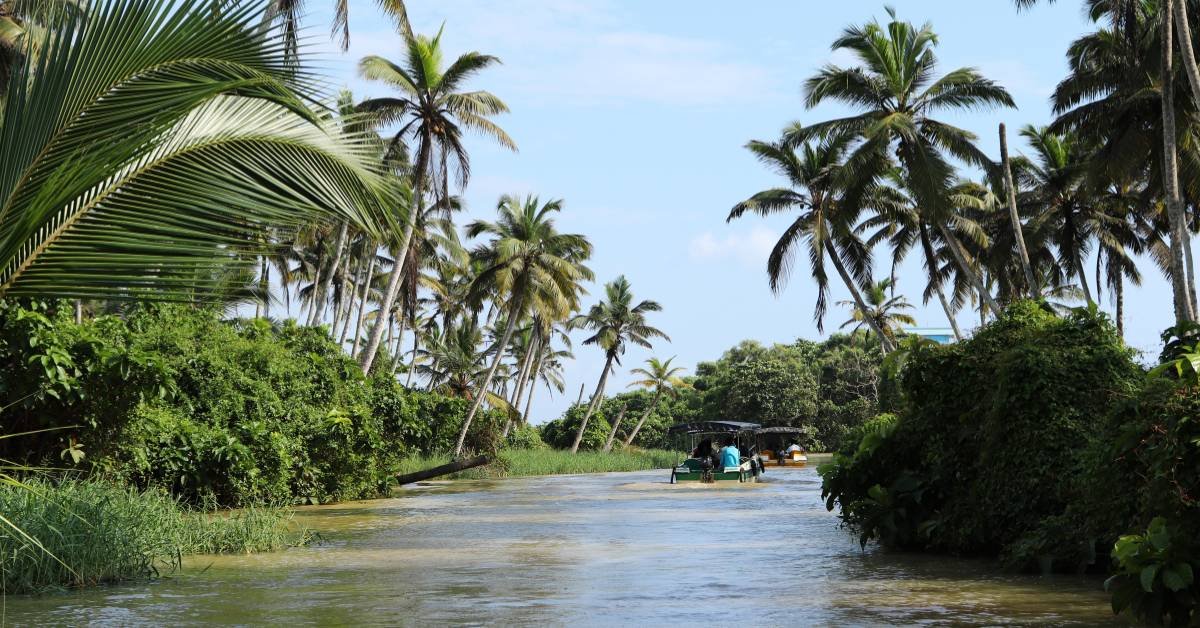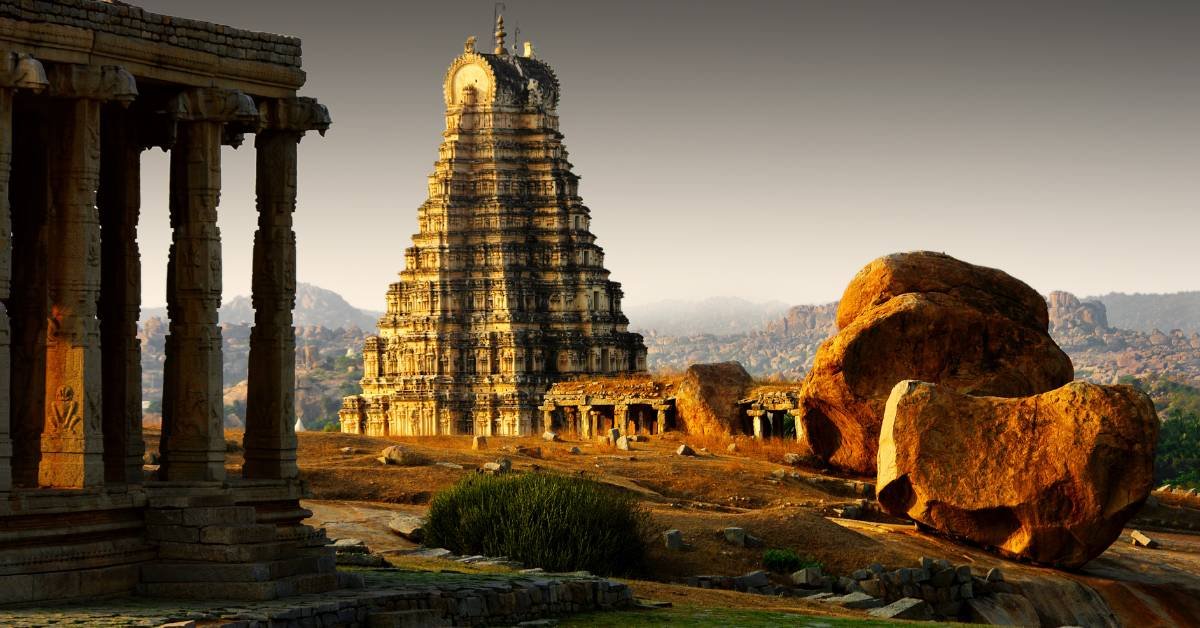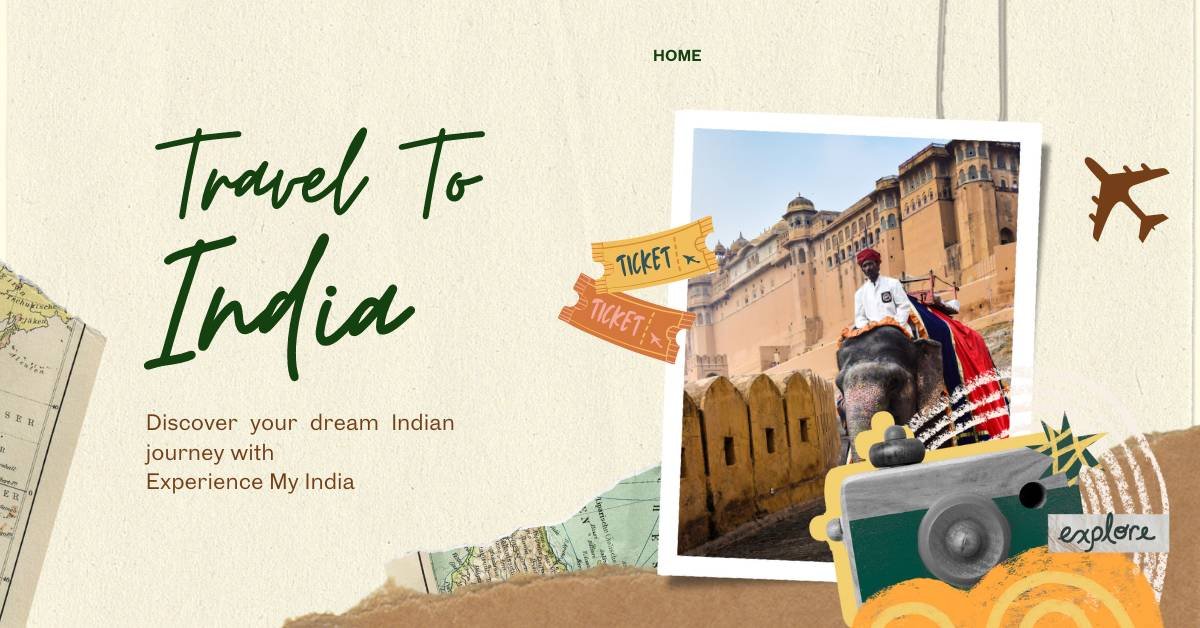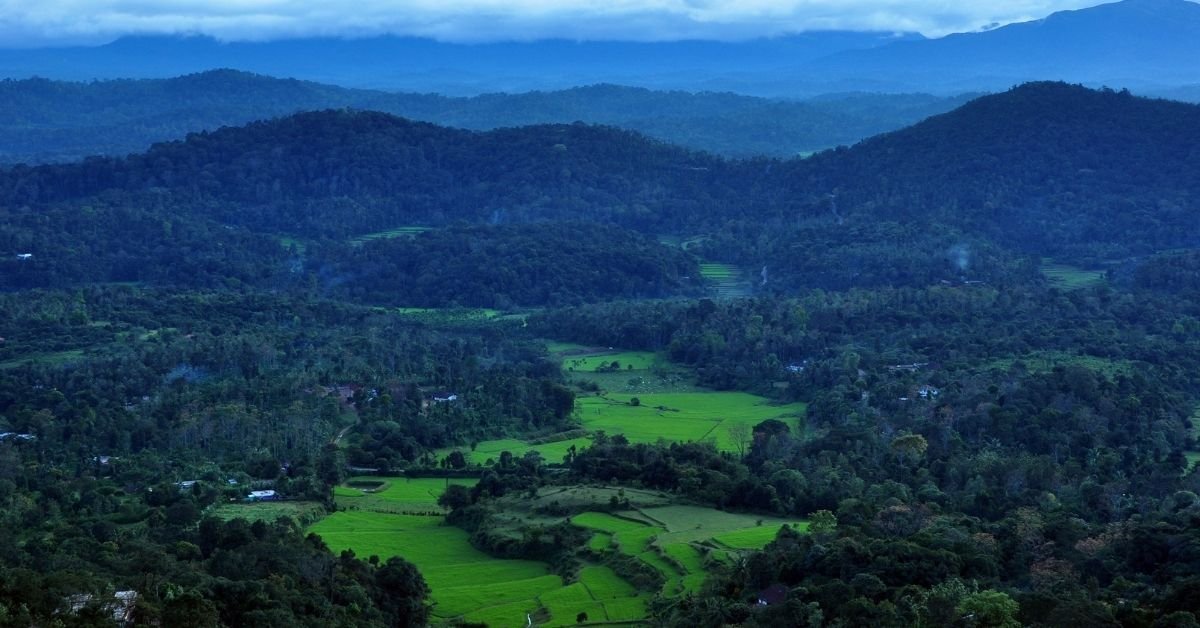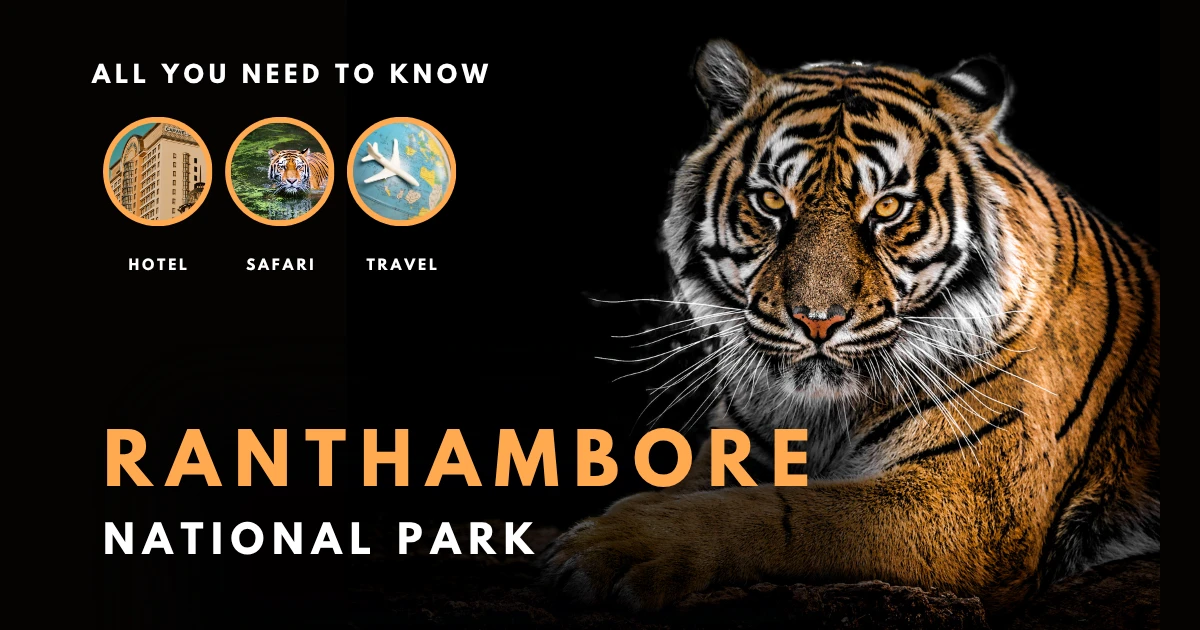Some journeys do not feel like travel. They feel like entering another time. A Ranthambore Safari Tour is one of those journeys. Here, the world does not move at your pace. It moves at the forest’s own rhythm. The trees stand as they have stood for centuries. The lakes reflect the same sky kings once saw from the fort above. And in the silence of dry leaves, you wait for a sound — the sound of the jungle revealing itself.
You may come for the tiger. But soon you realize it is not just about a tiger. It is about the way the peacock calls at dawn, the way a sambar deer suddenly stops and listens, the way the wind carries a story only the forest understands.
The Forest That Holds Its Own Magic
A Ranthambore Safari Tour does not promise anything. And that is its gift. Some mornings you may see a tiger walking calmly along a dusty track. Some evenings you may only see langurs playing on tree branches and crocodiles slipping into the water. Both feel complete in their own way.
The park spreads wide — dry deciduous forests, rocky cliffs, lakes where birds gather, and the silent ruins of Ranthambore Fort rising above it all. Even without a tiger, there is always something alive to watch. A herd of spotted deer crossing a stream. A kingfisher flashing blue over still water. A tree older than memory.
This is what makes the wildlife safari in Ranthambore different from any other trip. You don’t just look, you listen. You wait. And in that waiting, something changes within you.
Ranthambore National Park Safari Booking – How to Begin
To step into the park, you need a permit. Ranthambore National Park safari booking opens months in advance, because seats are limited. There are two rides daily — one in the soft light of morning, the other in the golden calm of evening. Each lasts about three hours, but the forest makes those hours feel timeless.
You may choose a jeep with six seats, or a canter with twenty. The jeep feels closer, more personal. The canter feels like sharing a story with many others. The zones are different — some with lakes, some with valleys, some with open meadows. Tigers do not belong to one zone. They wander as they always have, reminding you that this is their home, not yours.
Even before the safari begins, there is excitement. Your name is called, your ID checked, and you step into the vehicle with others, each carrying the same quiet hope — to see the king of the forest, if only for a moment.
Best Time for Ranthambore Safari Tour
The best time for Ranthambore Safari Tour depends on what you seek.
In winter, from October to March, the air is cool, the mornings are misty, and the forest feels alive with birdsong. It is the season most travellers prefer.
In summer, from April to June, the sun is harsh, but the lakes and ponds draw tigers out of the forest more often. For those who can bear the heat, the reward is greater.
During monsoon, from July to September, the core zones rest. The park closes, and the forest heals itself in rain. Some buffer zones may remain open, but the real safaris wait until October.
So each season has its own story. The forest never looks the same twice.
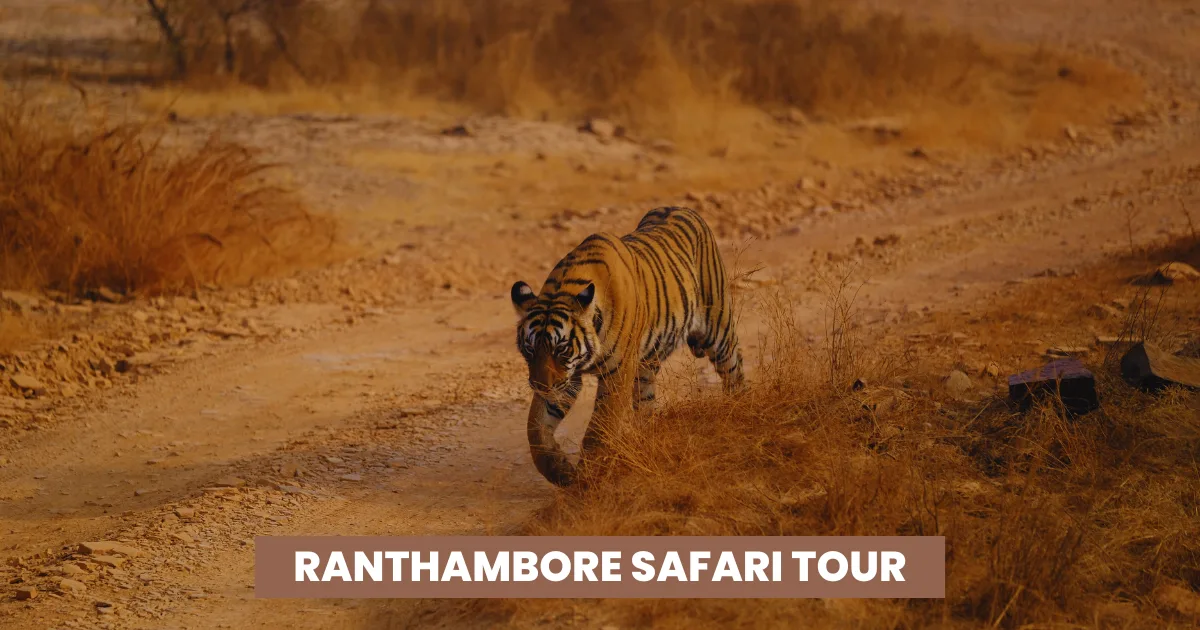
The Moment of Meeting
Every traveller dreams of that one moment — when the tiger appears. Sometimes the sighting is sudden. The jeep stops. The air grows still. Out of the forest, a striped figure steps onto the path. You see the power, the calm, the effortless grace. The tiger looks once, walks on, and disappears again into the trees.
The sight lasts minutes, maybe less. But in memory, it lasts forever. For many, this is why they travel hundreds of kilometres, book months in advance, and wait patiently.
Yet even without this moment, the Ranthambore Safari Tour gives you something. The thrill of alarm calls in the forest. The playfulness of langurs. The shimmer of a lake under the sun. The feeling that you were part of the forest for a while.
A Day in Ranthambore
The safari begins early. The gates open, jeeps roll in, and the forest greets you with cool air and the first calls of birds. By afternoon, the light changes, softer now, falling golden on the rocks and trees.
The forest is not just the safari. Between rides, you may visit Ranthambore Fort, rising high with its history of kings and battles. Or you may sit quietly at your lodge, listening to the sounds that drift in from the park.
By evening, whether or not you have seen the tiger, you have felt the forest. And that is what stays with you.
Experience My India – Walking With You
At Experience My India, we see a Ranthambore Safari Tour not just as a ticket, but as a memory waiting to be shaped. We help with Ranthambore National Park safari booking, choose the right zones, arrange your stays, and guide you through the best times to travel.
Some come for one safari. Some stay for three or four, knowing that the forest reveals itself slowly, some come with cameras, some come only with prayers. Whatever your way, we make sure the journey is smooth, respectful, and real.
Final Word
A Ranthambore Safari Tour is not a guarantee of what you will see. It is an invitation. The forest decides what it wishes to show you. A tiger on the track. A peacock dancing in the grass. Or maybe just silence, heavy and alive.
Contact Experience My India Today:
📞Call Us: +91 7037550028
📲WhatsApp Us: +91 7037550028
🌐Visit Our Website: Experience My India
Come with patience. Come with respect. And you will return with memories that feel larger than the day itself.
FAQs – Ranthambore Safari Tour
Q1. How do I book a Ranthambore Safari?
Bookings can be made online through the official website or through Experience My India.
Q2. What are the safari timings?
Morning safaris run around 6:30–9:30 AM, evenings from 2:30–5:30 PM, though times vary by season.
Q3. What is the best time for Ranthambore Safari Tour?
October to March for pleasant weather, April to June for higher chances of tiger sightings.
Q4. Which is better, jeep or canter safari?
Jeeps carry six and feel more personal, while canters carry twenty and are better for groups.
Q5. How many zones are in Ranthambore?
There are ten zones, each with its own landscape and wildlife. Tigers move across them freely.
Q6. Is tiger sighting guaranteed?
No. Sightings depend on luck, timing, and the forest itself.
Q7. Is Ranthambore open all year?
The park is closed during monsoon (July–September). Safaris run from October to June.
Q8. Can children join the safari?
Yes. Older children enjoy it more, as safaris last three hours.
Q9. What should I carry for the safari?
Carry ID proof, water, hat, binoculars, and warm clothes in winter.
Q10. How many safaris should I book?
At least two to three safaris increase your chances of seeing a tiger.



